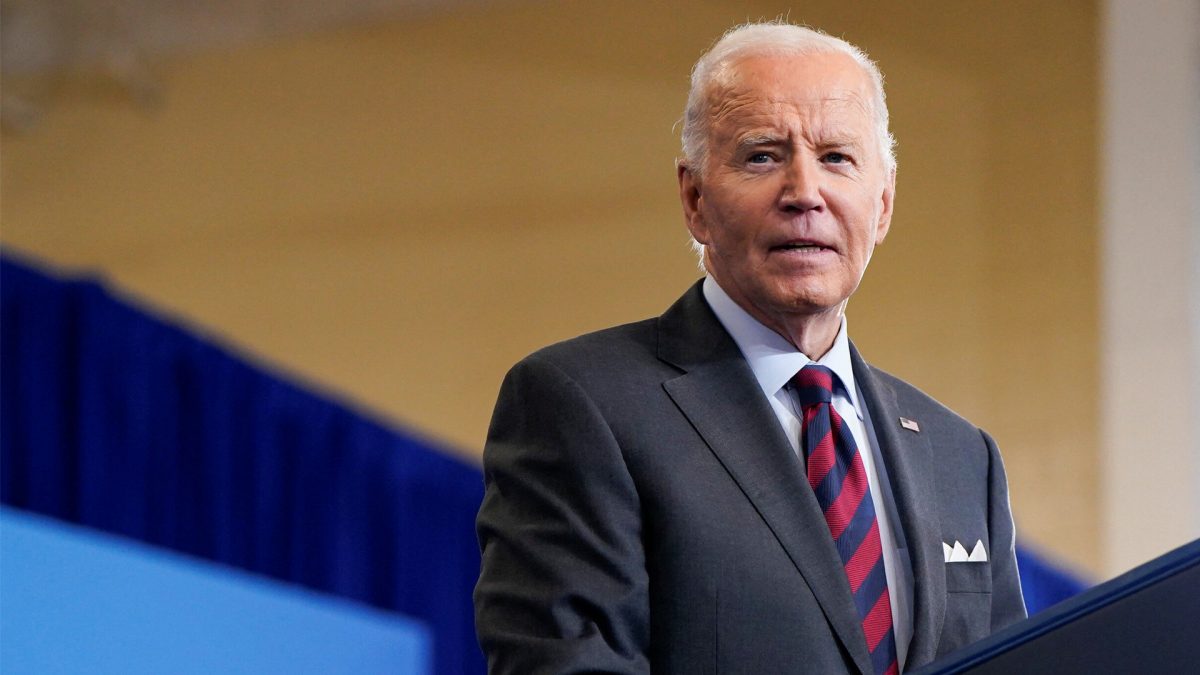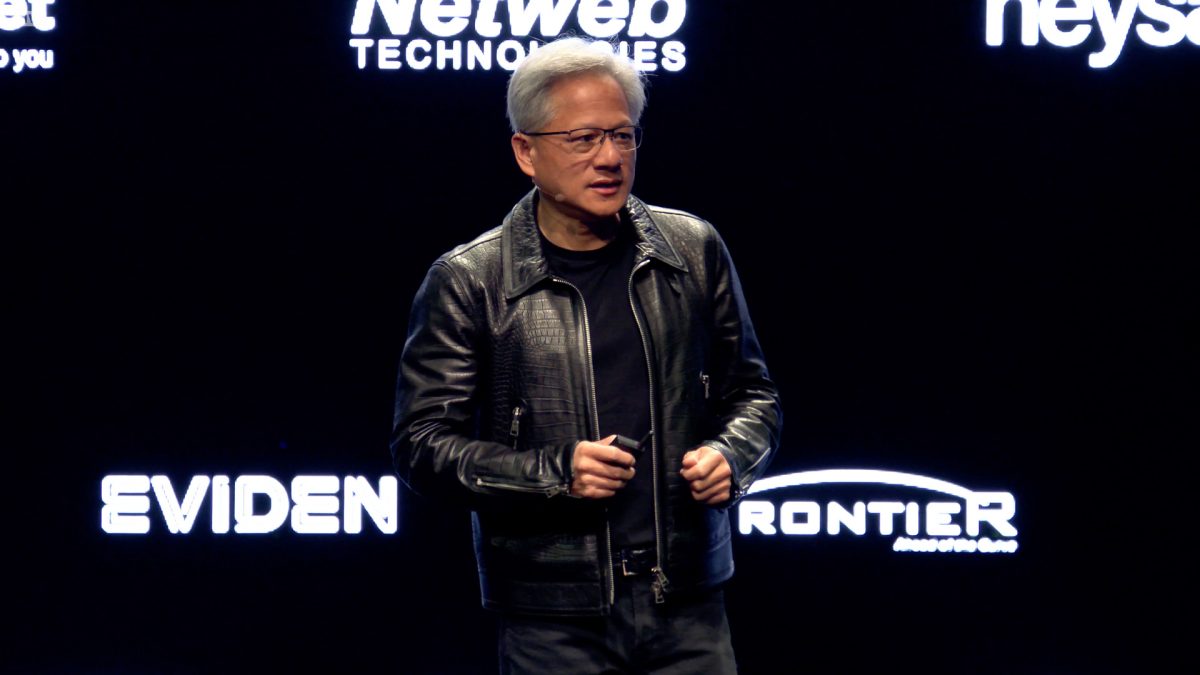President Biden’s new security memorandum specifically prohibits AI systems from being used to make decisions about launching nuclear weapons or determining asylum status for immigrants entering the United States
read more
)
Additionally, Biden's new memorandum ensures AI cannot be deployed to track individuals based on race or religion or label someone as a terrorist without human involvement. Image Credit: Reuters
The Biden-led White House has introduced new guardrails for how artificial intelligence (AI) will be used within military and intelligence operations, laying out strict rules to limit its application.
This marks the administration’s first national security memorandum dedicated to AI, offering guidelines to balance the technology’s potential benefits with the risks it poses. A condensed version of the memo was made public, highlighting key takeaways for citizens.
Strict guidelines for AI in weapons and immigration decisions
The new memorandum prioritises human oversight in sensitive military scenarios, setting boundaries to prevent AI from operating autonomously in critical areas. It specifically prohibits AI systems from being used to make decisions about launching nuclear weapons or determining asylum status for immigrants entering the United States.
Additionally, it ensures AI cannot be deployed to track individuals based on race or religion or label someone as a terrorist without human involvement.
National Security Adviser Jake Sullivan, who spoke at the National Defense University, underscored the importance of the directive. Sullivan, a strong advocate for a careful assessment of AI’s benefits and dangers, also pointed to the growing challenge posed by China’s use of AI to surveil its population and spread misinformation.
He expressed hope that these new measures could spark discussions with other nations wrestling with similar AI strategies.
Safeguarding AI development and national security
Beyond regulating military AI use, the memo sets deadlines for agencies to review how AI tools are being deployed, though most of these reviews will conclude before the end of President Biden’s term. It also encourages partnerships between intelligence agencies and the private sector to safeguard AI advancements, which are now seen as critical national assets.
The memorandum directs intelligence agencies to support private companies developing AI models, helping them secure their work against potential spying or theft by foreign actors. It also emphasises the importance of regularly updating intelligence assessments to ensure these assets remain protected from international threats.
Preventing dystopian AI futures
One of the memo’s key goals is to avoid worst-case scenarios, such as the development of fully autonomous weapons. In this vein, it draws a clear line between AI’s role in military operations and human decision-making, ensuring AI cannot replace humans in matters that carry significant ethical and security implications.
With AI becoming more integrated into national security strategies worldwide, the Biden administration aims to strike a balance between leveraging the technology’s advantages and minimising its risks. These new rules reflect an effort to guide the military’s use of AI responsibly, while also addressing public fears about the unchecked rise of autonomous systems.

 2 weeks ago
19
2 weeks ago
19
)
)
)
)
)
)
)
)
)
)
)
)
)
)
)
)
)
)
)
)
)
)
)
)
)
 English (US) ·
English (US) ·